Iran claims to detect F-35s over the Persian Gulf. Here’s why it could be true
- By Alex Hollings
Share This Article
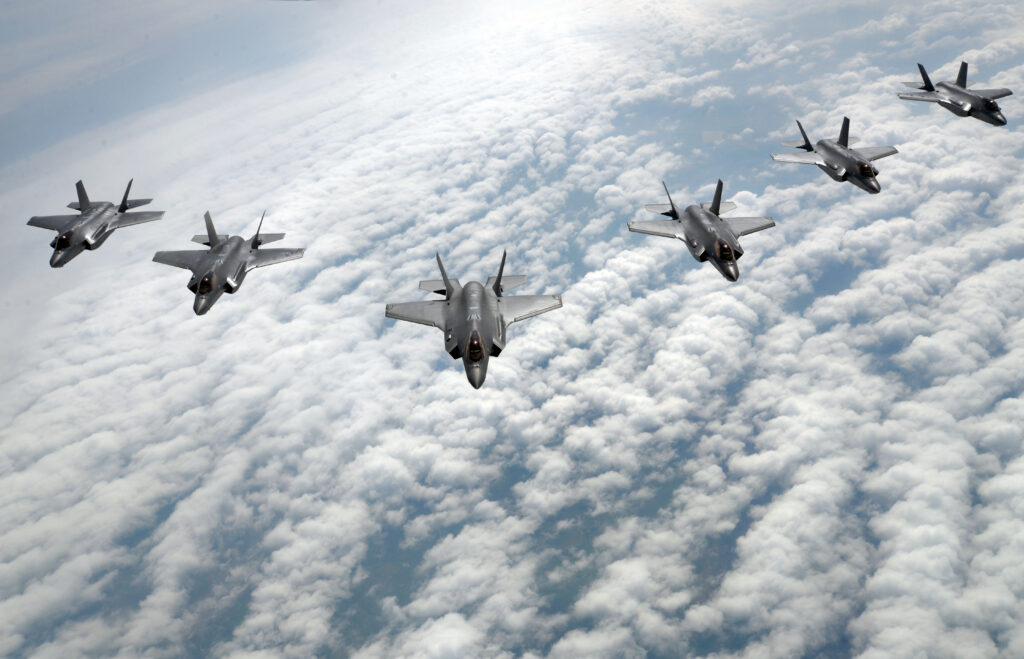
Late last week, Iranian officials drew headlines with their claims of being able to detect and track American F-35s flying over the Persian Gulf. This prompted a flood of claims on social media about the $1.7 trillion stealth fighter program no longer offering a strategic edge over the aggressive nation.
“Over the past days, several of these planes were flying over the Persian Gulf and were fully monitored by our radars from the moment they took off,” an unnamed Iranian official was quoted as saying by the Beirut-based Al Mayadeen news, an outlet that is frequently criticized for its bias toward authoritarian regimes in Iran, Syria, and the militant group Hezbollah.
Is this claim true? The truth is… it’s pretty likely — but that wouldn’t have the implications many may think it does. Stealth fighters have long been detectable via certain radar frequencies and that’s neither new nor troubling for military planners. This story, like many that have come before it, is leveraging popular misconceptions about stealth, rather than the science associated with this technology, in an attempt to paint modern 5th generation fighters as less capable than they truly are. And make no mistake, the F-35’s detectability is not unique to its airframe — every 5th-generation fighter regardless of origin can be detected under the right circumstances.
It’s targeting those aircraft that can be tough.
Related: We asked AI to show us the secret aircraft hidden in Area 51
The claim
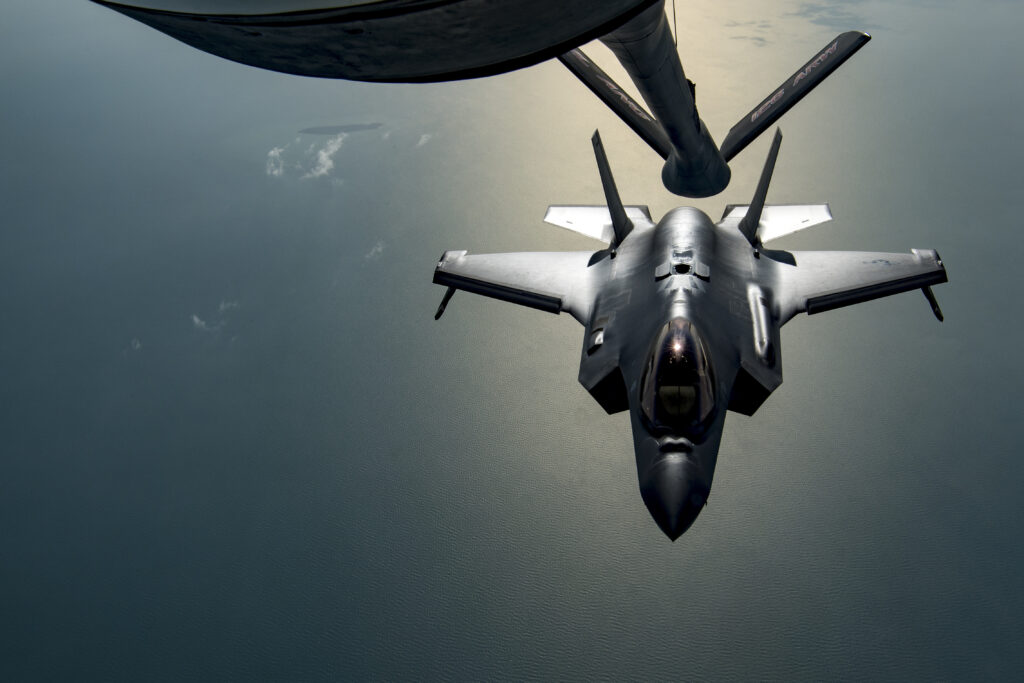
According to several Iranian-bases news outlets, Brigadier General Reza Khajeh, the deputy commander of operations of the Iranian Army Air Defense Force, was the first official to come forward with the claim that Iran has been detecting and potentially even tracking F-35s in the region. This claim follows the deployment of about a dozen F-35s to the U.S. Central Command region following a series of aggressive encounters involving Russian aircraft over Syria and Iranian forces in the Strait of Hormuz.
According to General Khajeh, all flights in the region have been monitored by Iranian air defense systems, bolstered by what he referred to as “eavesdropping systems,” going on to claim that they have yet to detect a sortie via those listening methods that they weren’t also able to track on radar.
And based on the responses we’ve seen popping up on social media, it’s clear that many are convinced, based on these claims, that Iran has cracked the code to peering through the most advanced fighter on the planet’s stealth capabilities.
Related: X-24C: Lockheed’s hypersonic scramjet aircraft design from the ’70s
These claims take advantage of misconceptions about stealth fighters
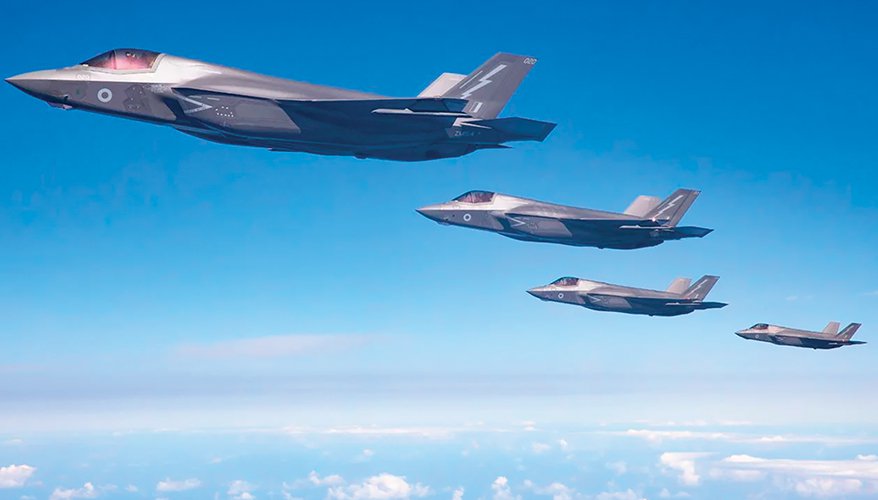
Stealth aircraft are designed to delay or sometimes even defeat detection via a variety of means, including radar and infrared, but stealth is not invisibility. That is to say that under the right circumstances, these aircraft are often detectable — especially when we’re talking about stealth fighters, in particular.
However, there is a significant difference between being able to detect a stealth fighter and being able to effectively target one, and these claims out of Iran (and subsequent media stories) rely on the average reader’s lack of awareness when it comes to this important distinction.
Modern stealth fighters are designed to delay or prevent detection specifically against high-frequency radar arrays that are capable of providing a “weapons-grade lock” — or radar arrays that can effectively guide a missile to a target. Lower frequency radar arrays, on the other hand, are not capable of guiding weapons with this sort of accuracy but are sometimes capable of spotting stealth fighters in the sky. This is neither new nor unusual.
Related: Offsetting China’s stealth fighter advantage: An in-depth analysis
The important difference between being able to detect a stealth fighter and being able to target one
Different radar arrays broadcast in different wavelengths and frequencies for different reasons. The types of design elements that can help delay or prevent detection from one type of radar frequency won’t necessarily help prevent detection from another.
As a result, stealth fighter designs are specifically intended to limit detection from the types of radar arrays that can effectively guide a weapon to its position. While stealth aircraft are still not invisible to radar arrays that work within these bands, the goal is to make their radar returns small enough to delay detection, allowing the stealth fighter to either engage a target or escape without ever being targeted itself.
Radars operate by broadcasting electromagnetic energy (radar waves), usually in the L, S, C, X, or K bands. Each band uses a different wavelength and frequency, with only higher frequency (smaller wavelength) systems providing the image fidelity needed to accurately target an aircraft.

In other words, only certain types of radars can be used to guide a missile toward a target and get it close enough to destroy it. Lower frequency arrays are often capable of spotting stealth fighters in the air, but because of their larger wavelengths, can’t provide accurate enough data to actually lock onto an aircraft with a missile.
Stealth fighter designs only limit detection against higher frequency radar arrays — including parts of the S-band and the C, X, and Ku bands — to prevent being targeted. Because these fighters are still visible on lower-frequency radar bands operating on S and C bands, these arrays can be leveraged effectively as early warning systems, notifying defensive forces that stealth fighters are in the area, and allowing for other defensive systems to be oriented in the right direction. But importantly, low-frequency arrays can do little more than point systems toward the area a stealth fighter is in. An effective stealth fighter design remains difficult to target via a high-frequency array even with this head start.
In fact, because most air traffic control towers operate radar arrays in the S-band, they can sometimes even spot stealth fighters without much difficulty.
Stealth bombers, on the other hand, are extremely difficult to detect via even lower-frequency arrays, thanks to their lack of common fighter design elements like standing vertical tail surfaces. As a result, when stealth fighters are operating over your nation, air defenses are often aware, but unable to target them. When stealth bombers are overhead, many national air defense systems may never even know at all.
In other words, it’s not particularly unusual to spot an inbound stealth fighter using even quite dated low-frequency radar arrays, but actually shooting them down is another question entirely. Low-frequency arrays aren’t capable of guiding a weapon accurately to a fighter-sized target. They can only point in a general direction and say, “There’s a target somewhere over there.”
Related: B-21 Raider powers up, prepares for first flight later this year
Stealth fighters have more than one trick up their sleeve
It’s not at all uncommon for stealth fighters like the F-35 to fly with radar reflectors on to both render them more detectable and to mask their actual radar profiles while operating in regions with enemy air defense systems that are eager to gobble up data about their radar returns. These reflectors, often called Luneburg lenses, aren’t always easy to spot with the naked eye, but they render even the stealthiest aircraft easy to detect on radar.
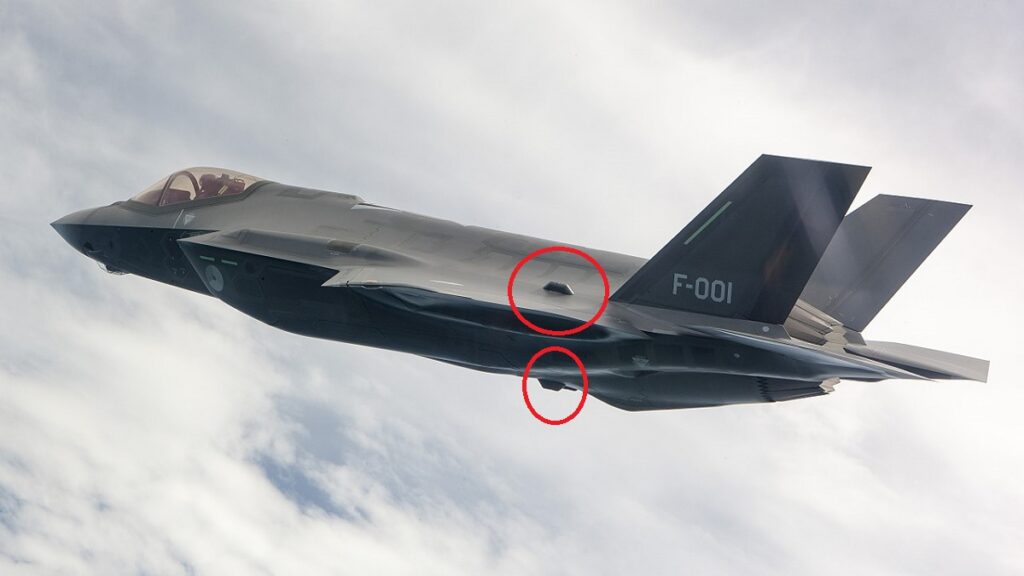
In other words, it’s entirely possible that American F-35s operating in the Middle East may be flying with these lenses on specifically to make it more difficult for enemy air defense systems to work toward figuring out how to detect these aircraft more readily when in a stealth profile.
And considering the United States sent these fighters to the region as an intentional message to aggressive Iranian and Russian forces, advertising their presence is an intentional decision. That much was made clear by the Pentagon’s public announcement of their deployment prior to the F-35s even arriving in the region.
“In coordination with our regional allies, partners, and the U.S. Navy, the F-35s will partner with A-10s and F-16s already in theater helping monitor the Strait of Hormuz,” Air Forces Central (AFCENT) spokesman Col. Mike Andrews said in a statement last month.
In other words, there’s a multitude of reasons why Iran might be able to detect F-35s operating over the Persian Gulf, from Luneburg lenses to low-frequency radar arrays. In fact, it would be somewhat damning if they couldn’t. But just as Russia leveraged confusion about the definition of modern hypersonic missiles to claim their Kh47M2 Kinzhal was more than a simple air-launched ballistic missile, Iran is now leveraging confusion around the word stealth in a similar manner.
So, did Iran detect F-35s over the Persian Gulf last week? It’s pretty likely. But is that anything American military planners are sweating?
Almost certainly not.
Read more from Sandboxx News
- Ukraine’s counteroffensive is picking up steam
- SDV: The secret weapon of the Navy SEAL Teams
- The Army’s IVAS super-goggle prototypes have arrived but can they live up to the hype?
- How US Special Forces took on Wagner Group mercenaries in an intense 4-hour battle
- 7 weird and rare military jobs that you won’t believe exist
Related Posts
Sandboxx News Merch
-

‘AirPower’ Classic Hoodie
$46.00 – $48.00 Select options This product has multiple variants. The options may be chosen on the product page -

‘Sandboxx News’ Trucker Cap
$27.00 Select options This product has multiple variants. The options may be chosen on the product page -

F-35 ‘Lightning’ Framed Poster
$45.00 – $111.00 Select options This product has multiple variants. The options may be chosen on the product page

Alex Hollings
Alex Hollings is a writer, dad, and Marine veteran.
Related to: Airpower, Breaking News
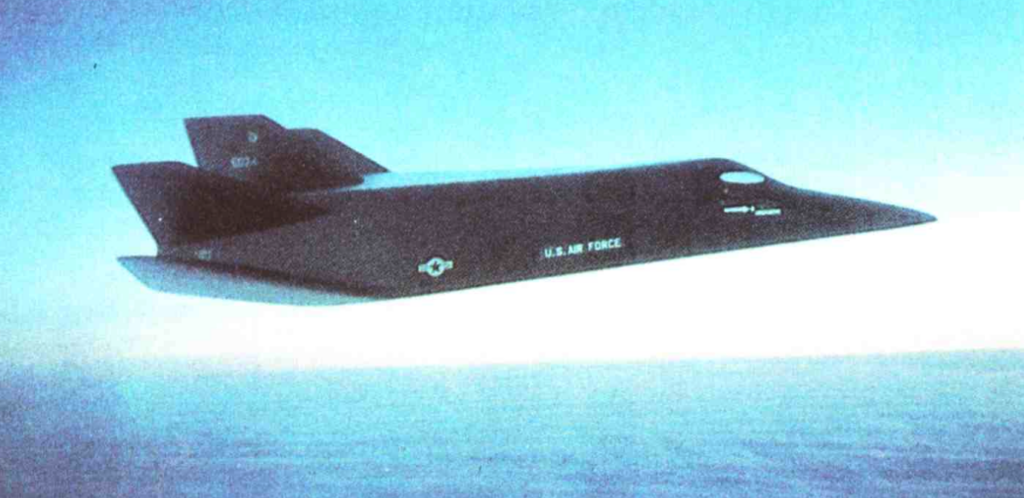
Game-changing military aircraft that were canceled before they could change the game
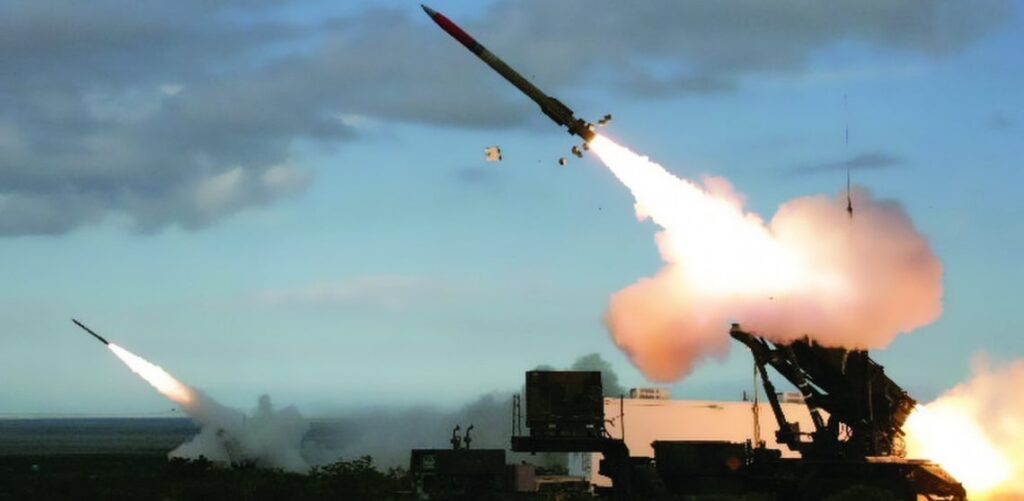
The ultimate guide to the Patriot air defense system
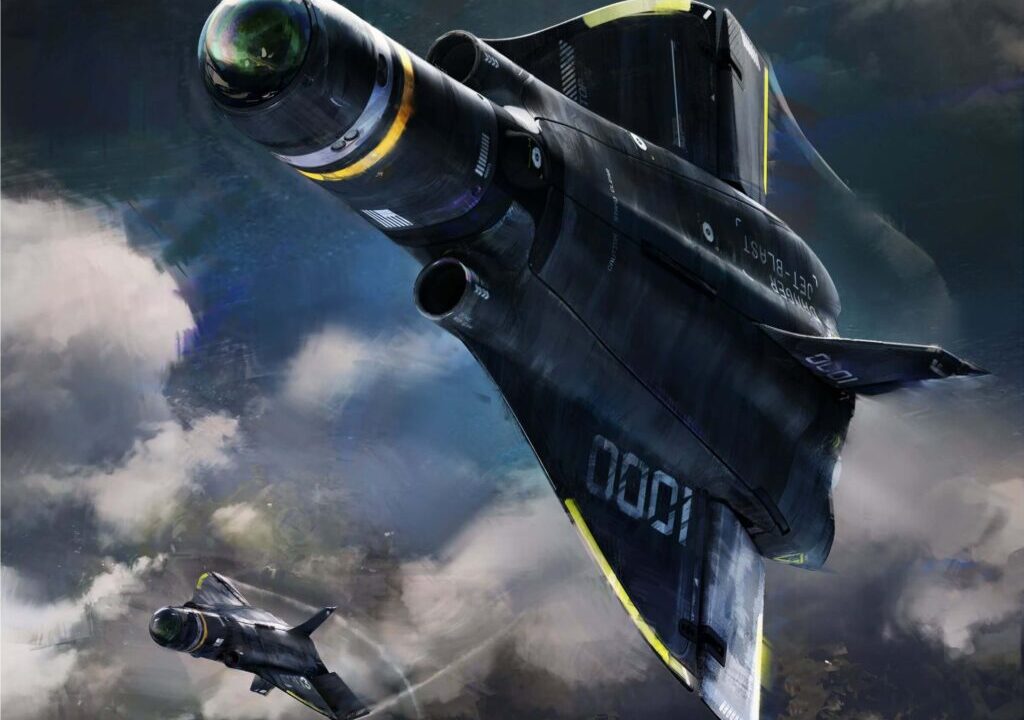
Anduril’s Roadrunner is a unique reusable missile interceptor
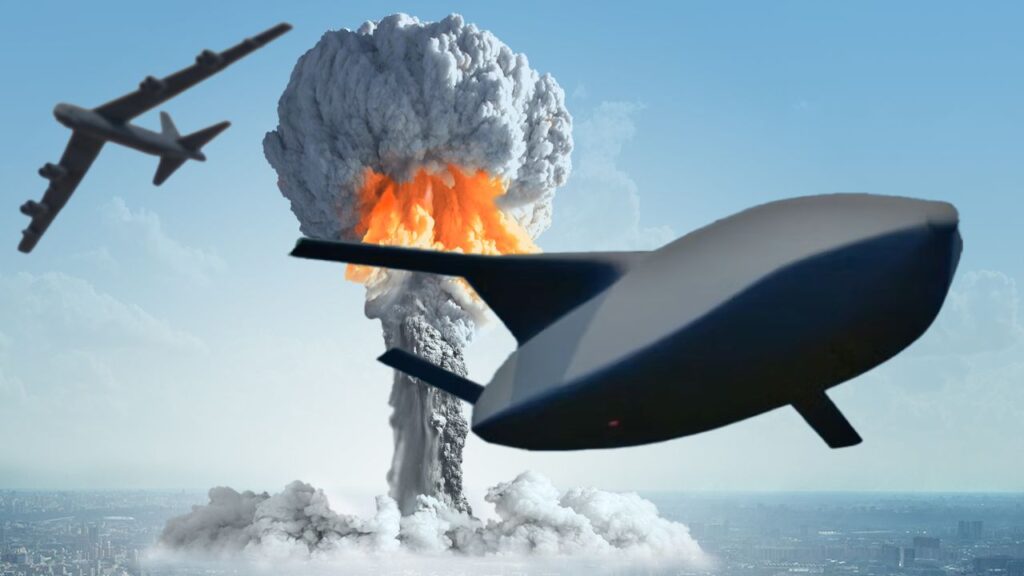
The AGM-181 LRSO missile will modernize America’s nuclear triad
Sandboxx News
-

‘Sandboxx News’ Trucker Cap
$27.00 Select options This product has multiple variants. The options may be chosen on the product page -

‘AirPower’ Classic Hoodie
$46.00 – $48.00 Select options This product has multiple variants. The options may be chosen on the product page -

‘AirPower’ Golf Rope Hat
$31.00 Select options This product has multiple variants. The options may be chosen on the product page -

‘Sandboxx News’ Dad Hat
$27.00 Select options This product has multiple variants. The options may be chosen on the product page
